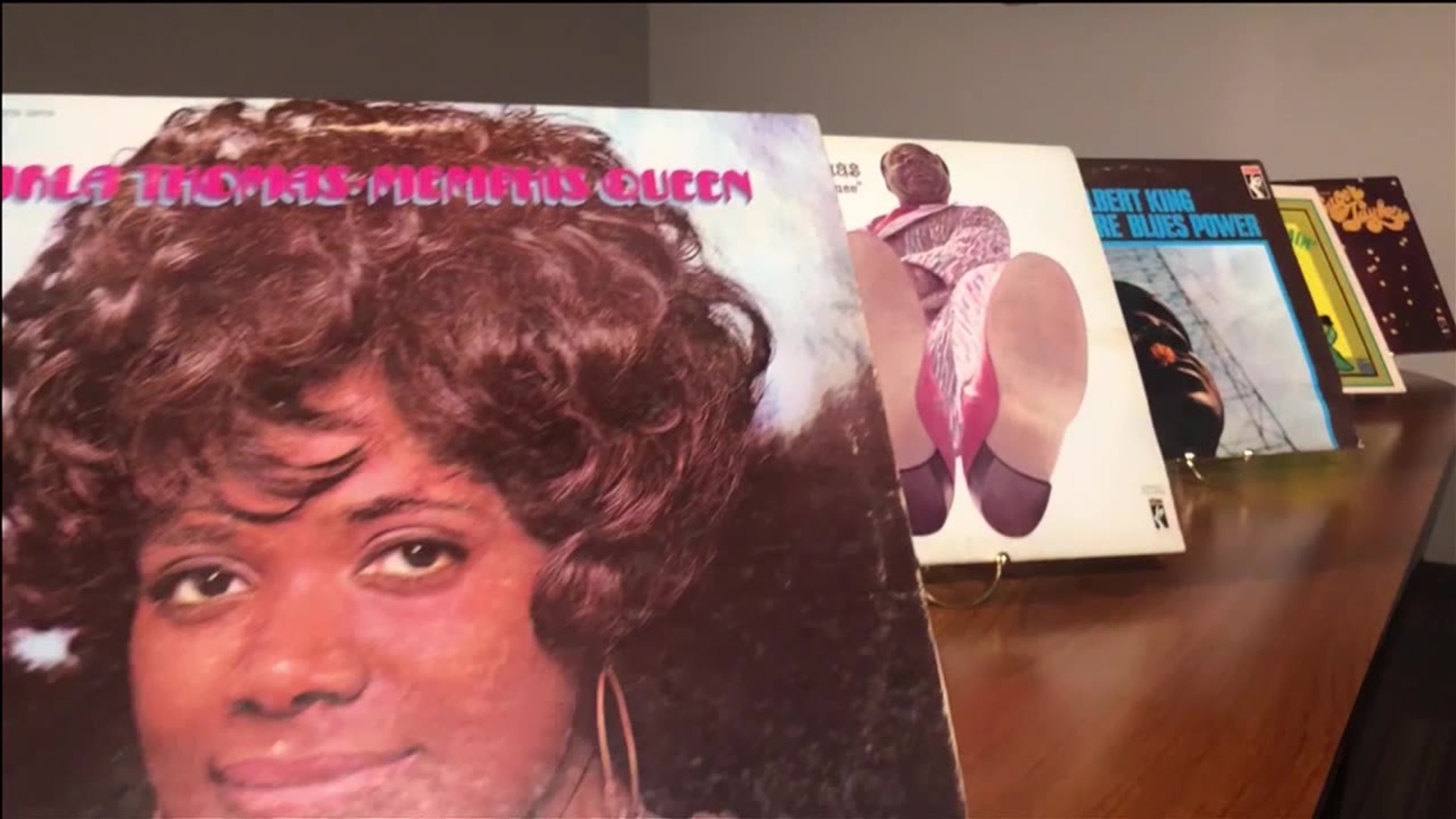MEMPHIS, Tenn. (localmemphis.com) – When you think of Memphis, you think of music, especially back in the 1960s and 1970s when Stax Records was in its prime.
Nestled in South Memphis, Stax Recording Studio on East McLemore recorded hits like Otis Redding’s “Sitting on the Dock of the Bay” and Sam and Dave’s“Hold On, I’m Coming.” Although the record company launched the careers of many successful artists, it struggled financially, eventually filing Chapter 11 Bankruptcy in 1975.
“Our first official recording there was in 1967,” said James Alexander, an original member of the Bar-Kays.
Born directly across the street from Stax Records, Alexander was in high school when he joined the band The Bar-Kays.
“In those days, if a company was interested in a group, they would come in and have them audition live. So we went to Stax – Steve Cropper was the A&R guy,” Alexander said.
Although Cropper turned down the band twice, when Jim Stewart, the President of Stax Records heard them, he wanted to hear more.
“We hooked our equipment up and we played something for him – and as we were playing, he said,’ what’s that? And we just shrugged our shoulders and said ‘I don’t know what that is.’ And he said ‘whatever it is, keep what you got right there’,” Alexander said. “He ran up in the control room and 30 minutes later we had a song called Soul Finger. That’s how our career started, just like that.”
That’s how many Stax success stories from 1960's to 1975 started. Jim Stewart created the company and asked his sister Estelle Axton to partner with him. Years later, after struggling with distribution through Atlantic Records, Stewart recruited popular disk jockey, Al Bell.
“He said, ‘well we are $90,000 in the hole and we are about to go under and what we need is sales, we need play, etc. and you can do it’,” Al Bell, Former Producer and Executive at Stax Records.
Bell had proven himself as a distributor in major markets like Washington, D.C. He led radio promotion at Stax before becoming part owner.
“The two key writers at that time were Issac Hayes and David Porter. They could listen to an artist and hear the unique and the gift in that artist,” Bell said.
Bell also had a relationship with the folks at Motown.
“When he would tell me when the Temptations were going to be released, I would go into those 10 markets I had a relationship and give the store owner a box of 30 records for free,” Bell said. “When they come in and ask for the Temptations, while you go to look for the Temptations, play this Sam and Dave,and that’s how I would get the momentum started.”
“Johnny Taylor, Sam and Dave, Albert King, just the emotions, the dramatics, Rufus and Carla and the turmoil that was going on racially outside of the walls of Stax was not going on in the inside of Stax,” said Larry Dodson, former lead singer of the Bar-Kays.
Otis Redding recruited the Bar-Kays as his band.
“One of the many things we learned from Otis Redding was that you definitely need to own your own music.”
A plane crash in 1967 claimed the lives of Redding and all the original members of the Bar-Kays except Ben Cauley. James Alexander wasn’t on the private jet.
“I just happened to be one of the guys on the commercial flight that day. We had no system, it was no rhyme or reason, kind of like who wanted to do it – that’show it happened,” Alexander said.
“Their distribution agreement with Atlantic Records, ceased in 1968 and Stax was forced to reinvent itself,” said Jeff Kollath, Executive Director of the Stax Museum.
Stax’s contract with Atlantic Records said Atlantic owned the Masters to the albums they distributed and that’s when the financial problems got really bad. The company was sold to entertainment group, “Gulf and Western.”
“That disturbed Mrs. Axton, because Mrs. Axton had financed her home and got a mortgage in order to build and move over here in this black neighborhood,”Bell said.
A short time later, Estelle Axton left Stax. Bills piled up and Stax executives could not afford to pay their artists. In 1975, Stax closed its doors.
The record company was being house in the Old Capitol Theatre on East McLemore, but that building would soon be demolished. Al Bell remembers that time vividly.
“I’d park across the street and cry because I would see an empty lot with whiskey bottles on it all kind of trash on it,” Bell said.
Southside Church of God and Christ bought the building from Union Planters for only $10.
“In 1999, a group of former Stax musicians, employees, and local supporters and non-profits decided to get together and form Soulsville – and that’s our parent organization,” Kollath said.
Stax reopened as a museum in 2003, adjacent to the Stax Academy, which opened three years earlier.
“It’s a great tourist attraction for Memphis and people love what they see and feel in here, because it reflects what we saw and felt as we came in making that great music, and it’s alive and well today,” Bell said.

